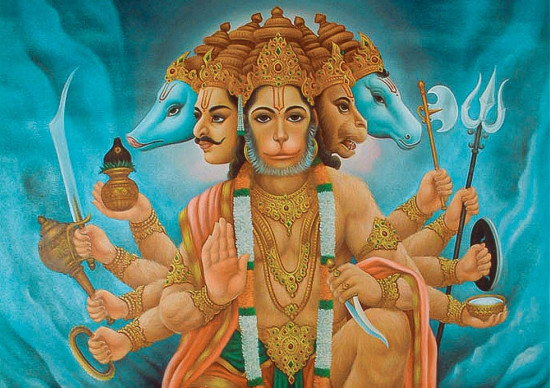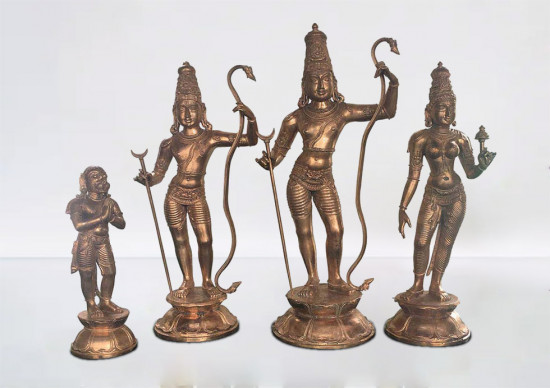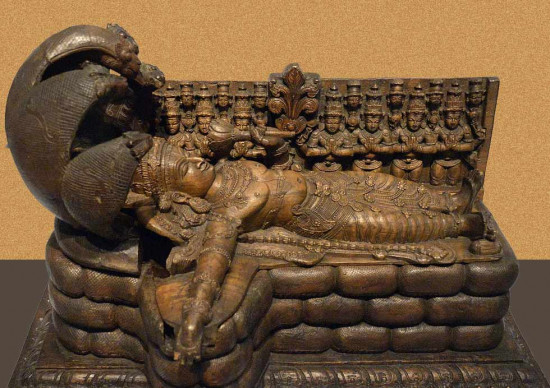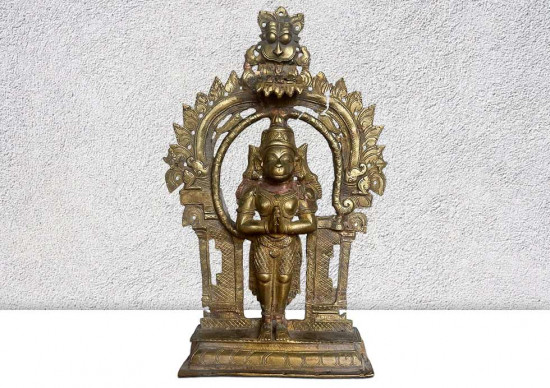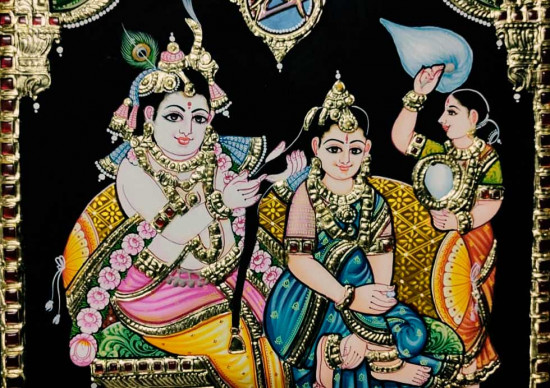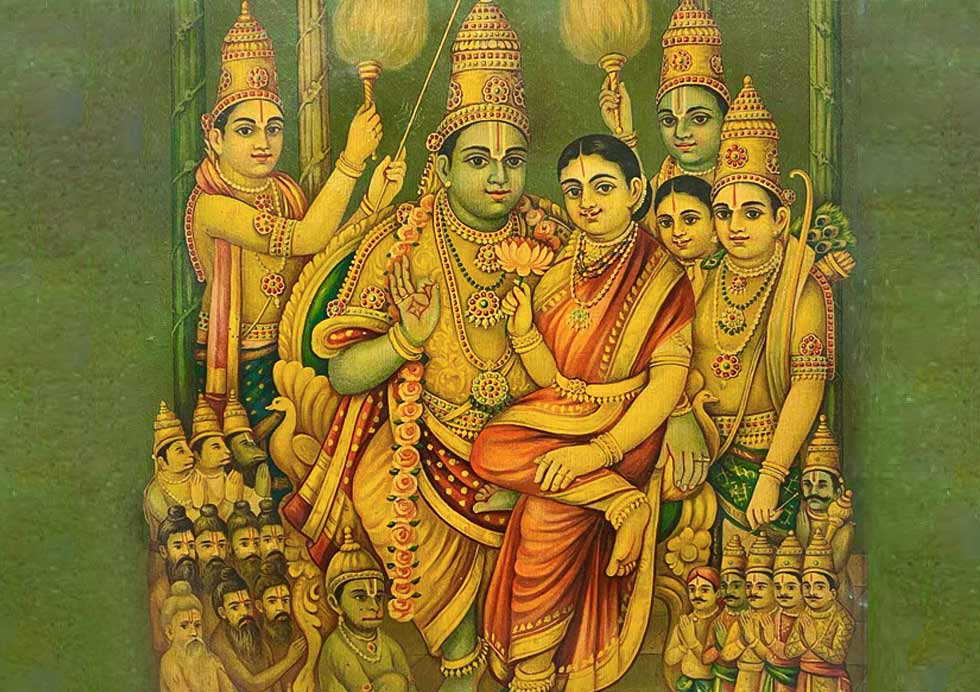
The story of Sri Rama and Sita is a revered tale of love, devotion, and virtue that has inspired countless hearts for generations. Rooted in the sacred text of the Ramayana, this is not just a story of courage and righteousness but also an eternal love story that transcends trials and tribulations. Through their unwavering devotion to one another, Lord Ram and Devi Sita exemplify a bond that is pure and unshakable. Let us delve into their divine love story and explore its enduring lessons.
Sri Rama, also known as Maryada Purushottam, is revered as the seventh incarnation of Lord Vishnu. He was born to King Dasharatha and Queen Kaushalya in the royal family of Ayodhya. As a prince, he embodied qualities such as righteousness, humility, courage, and kindness. Lord Rama's life serves as an example of adhering to dharma (righteousness) even in the face of immense challenges.
Devi Sita, the divine consort of Sri Rama, is believed to be an incarnation of Goddess Lakshmi. She was born to King Janaka and Queen Sunaina of Mithila. Legend holds that King Janaka found her as an infant while plowing the sacred earth, symbolizing her divine origins. Devi Sita is celebrated for her beauty, grace, and unparalleled devotion to her husband. Her virtues of patience, strength, and loyalty make her an ideal figure in Hindu tradition.
Sri Rama, also known as Maryada Purushottam, is revered as the seventh incarnation of Lord Vishnu. He was born to King Dasharatha and Queen Kaushalya in the royal family of Ayodhya. As a prince, he embodied qualities such as righteousness, humility, courage, and kindness. Lord Rama's life serves as an example of adhering to dharma (righteousness) even in the face of immense challenges.
Devi Sita, the divine consort of Sri Rama, is believed to be an incarnation of Goddess Lakshmi. She was born to King Janaka and Queen Sunaina of Mithila. Legend holds that King Janaka found her as an infant while plowing the sacred earth, symbolizing her divine origins. Devi Sita is celebrated for her beauty, grace, and unparalleled devotion to her husband. Her virtues of patience, strength, and loyalty make her an ideal figure in Hindu tradition.
The Devotional Love Story of Sri Ram and Devi Sita
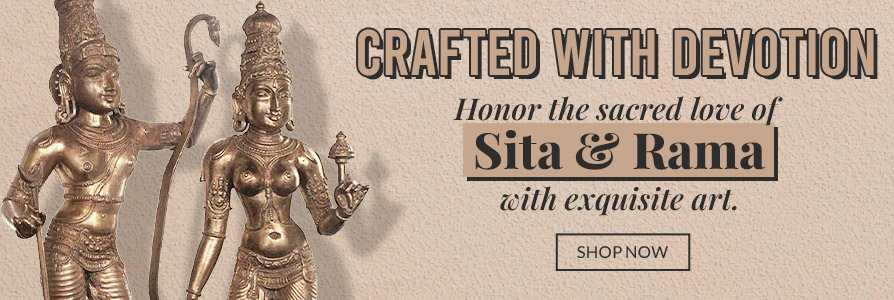
The love story of Rama and Sita begins with their auspicious meeting during the swayamvar (marriage ceremony) held in Mithila. King Janaka declared that only a man of extraordinary strength and virtue who could string Lord Shiva’s celestial bow would marry his daughter. Many warriors are present there but no one is able to pick that bow.
In the Valmiki Ramayana, there is no mention of a grand swayamvar being organized for Devi Sita's marriage. Instead, King Janak declared that whoever could lift, string, and break Lord Shiva’s divine bow would win Sita's hand. Many kings visited Mithila at different times to try their strength but failed to fulfill the challenge. When Sage Vishwamitra brought Prince Rama and Lakshman to Mithila, they were shown the bow as well. With Sage Vishwamitra's guidance, Rama approached the bow, effortlessly strung it, and broke it, thereby winning Devi Sita’s hand in marriage.
In Ramcharitmanas by Goswami Tulsidas, the story is narrated differently. A grand swayamvar ceremony was organized by King Janak, and many kings were invited to Mithila to attempt the feat of stringing Shiva’s bow. However, none of them succeeded. This disheartened King Janak, and in his grief and frustration, he uttered strong words about the inability of the assembled warriors. These words angered Lakshman, who declared that Sri Rama could easily accomplish the task. With Sage Vishwamitra's blessings, Sri Rama then stepped forward, lifted the bow, strung it, and broke it, fulfilling the challenge and winning Sita’s hand.
The Ramcharitmanas version is more familiar to devotees, as it has been widely popularized through traditional retellings and television adaptations, such as those by Ramanand Sagar. This has made the idea of a swayamvar more commonly recognized among the faithful. Both versions, however, glorify the divine union of Lord Rama and Devi Sita and highlight Lord Rama’s unmatched strength and grace.
With his divine grace and strength, successfully lifted and strung the bow, winning Sita’s hand in marriage. Their union was not only of love but also of dharma, as both were destined to uphold the virtues of righteousness.
After their marriage, the couple lived happily in Ayodhya. However, fate took a challenging turn when Sri Rama was exiled to the forest for fourteen years due to a promise made by his father, King Dasharatha to his third wife Kaikaiyi.
Without hesitation, Devi Sita chose to accompany her husband into exile, leaving behind the comforts of the palace. Her unwavering decision demonstrated her deep love and devotion. Together, they endured the hardships of forest life with grace and unity, making their bond even stronger.
The most heart-wrenching phase of their love story unfolds when Ravana, the king of Lanka, abducts Devi Sita. Despite being physically separated, their devotion to each other remains steadfast. Lord Ram’s tireless efforts to rescue Devi Sita reflect his profound love, while Devi Sita’s endurance and unshakable faith in her husband showcase her inner strength.
The epic battle between Lord Rama and Ravana is a testament to the lengths one will go to protect and reunite with their beloved.
After defeating Ravana and rescuing Devi Sita, Lord Rama faces societal pressures questioning her purity. To uphold dharma and silence doubts, Devi Sita willingly undergoes the Agni Pariksha, or trial by fire. Emerging unscathed, she proves her unwavering devotion and purity. This moment highlights her divine strength and serves as a reminder of the injustices often faced by women despite their virtues.
After their reunion, Sri Rama and Devi Sita return to Ayodhya, where Sri Rama is crowned king. Their love story, though filled with trials, is a beacon of devotion, sacrifice, and enduring love. Even when destiny separates them again in later years, their bond remains immortal in the hearts of devotees.
In the Valmiki Ramayana, there is no mention of a grand swayamvar being organized for Devi Sita's marriage. Instead, King Janak declared that whoever could lift, string, and break Lord Shiva’s divine bow would win Sita's hand. Many kings visited Mithila at different times to try their strength but failed to fulfill the challenge. When Sage Vishwamitra brought Prince Rama and Lakshman to Mithila, they were shown the bow as well. With Sage Vishwamitra's guidance, Rama approached the bow, effortlessly strung it, and broke it, thereby winning Devi Sita’s hand in marriage.
In Ramcharitmanas by Goswami Tulsidas, the story is narrated differently. A grand swayamvar ceremony was organized by King Janak, and many kings were invited to Mithila to attempt the feat of stringing Shiva’s bow. However, none of them succeeded. This disheartened King Janak, and in his grief and frustration, he uttered strong words about the inability of the assembled warriors. These words angered Lakshman, who declared that Sri Rama could easily accomplish the task. With Sage Vishwamitra's blessings, Sri Rama then stepped forward, lifted the bow, strung it, and broke it, fulfilling the challenge and winning Sita’s hand.
The Ramcharitmanas version is more familiar to devotees, as it has been widely popularized through traditional retellings and television adaptations, such as those by Ramanand Sagar. This has made the idea of a swayamvar more commonly recognized among the faithful. Both versions, however, glorify the divine union of Lord Rama and Devi Sita and highlight Lord Rama’s unmatched strength and grace.
With his divine grace and strength, successfully lifted and strung the bow, winning Sita’s hand in marriage. Their union was not only of love but also of dharma, as both were destined to uphold the virtues of righteousness.
After their marriage, the couple lived happily in Ayodhya. However, fate took a challenging turn when Sri Rama was exiled to the forest for fourteen years due to a promise made by his father, King Dasharatha to his third wife Kaikaiyi.
Without hesitation, Devi Sita chose to accompany her husband into exile, leaving behind the comforts of the palace. Her unwavering decision demonstrated her deep love and devotion. Together, they endured the hardships of forest life with grace and unity, making their bond even stronger.
The most heart-wrenching phase of their love story unfolds when Ravana, the king of Lanka, abducts Devi Sita. Despite being physically separated, their devotion to each other remains steadfast. Lord Ram’s tireless efforts to rescue Devi Sita reflect his profound love, while Devi Sita’s endurance and unshakable faith in her husband showcase her inner strength.
The epic battle between Lord Rama and Ravana is a testament to the lengths one will go to protect and reunite with their beloved.
After defeating Ravana and rescuing Devi Sita, Lord Rama faces societal pressures questioning her purity. To uphold dharma and silence doubts, Devi Sita willingly undergoes the Agni Pariksha, or trial by fire. Emerging unscathed, she proves her unwavering devotion and purity. This moment highlights her divine strength and serves as a reminder of the injustices often faced by women despite their virtues.
After their reunion, Sri Rama and Devi Sita return to Ayodhya, where Sri Rama is crowned king. Their love story, though filled with trials, is a beacon of devotion, sacrifice, and enduring love. Even when destiny separates them again in later years, their bond remains immortal in the hearts of devotees.
Symbolism and Devotion in Art and Worship
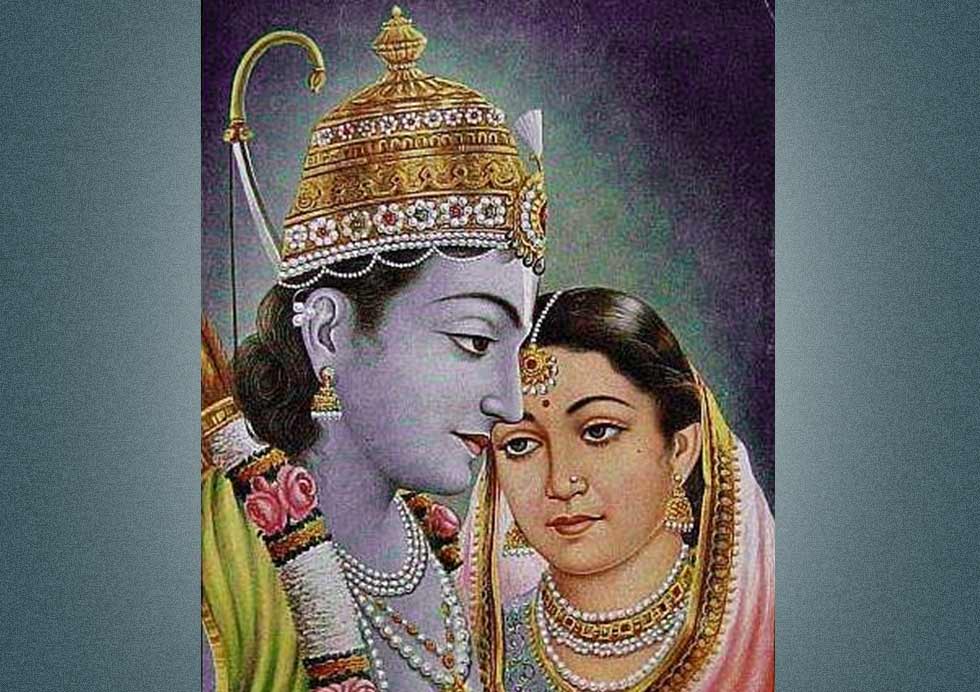
The Sita Rama Love Story is often depicted in Ram Sita Paintings, which capture their divine bond in vibrant hues and intricate details. These paintings serve as a reminder of their virtues and inspire devotees to emulate their qualities.
Similarly, Ram Sita Darbar across the world stands as places of devotion where people worship the ideals of love, sacrifice, and righteousness. Their presence in temples, art, and hearts reinforces the timeless relevance of their story.
Conclusion
The love story of Sita Rama is not just a tale of a couple but a divine journey of devotion, sacrifice, and virtue. Their story teaches us that true love endures trials, remains unwavering in the face of challenges, and upholds righteousness above all. As we reflect on their lives, may we find inspiration to embody their values in our own relationships and strive for a life rooted in love and dharma.
The love story of Sita Rama is not just a tale of a couple but a divine journey of devotion, sacrifice, and virtue. Their story teaches us that true love endures trials, remains unwavering in the face of challenges, and upholds righteousness above all. As we reflect on their lives, may we find inspiration to embody their values in our own relationships and strive for a life rooted in love and dharma.
Conclusion
The divine love story of Lord Ram and Devi Sita is a timeless example of devotion, virtue, and unwavering commitment. Whether through the sacred verses of Valmiki Ramayana or the heartfelt poetry of Ramcharitmanas, their bond inspires us to uphold dharma and cherish the values of faith, love, and sacrifice in our lives. Lord Ram's righteousness and Devi Sita’s purity remind us that true love is not merely about companionship but also about standing together through trials and remaining steadfast in virtue. Their sacred story continues to guide and uplift the hearts of devotees worldwide, exemplifying love that transcends worldly barriers.

